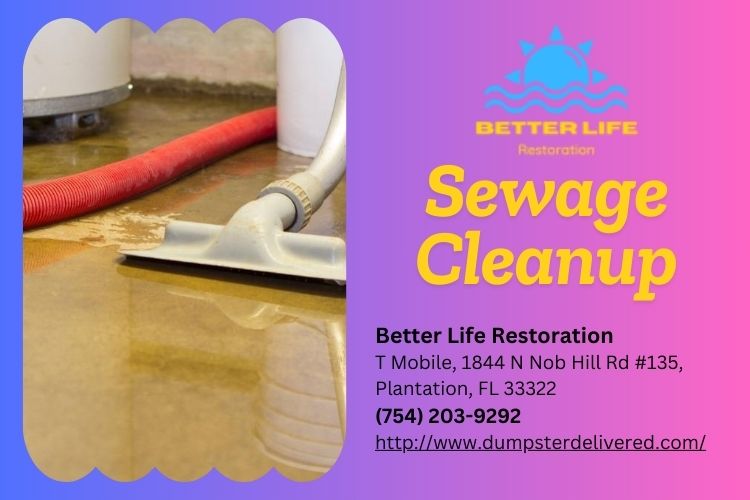Understanding the Different Types of Pumps Used in Flood Situations
Flooding can be a catastrophic event, wreaking havoc on homes, infrastructure, and entire communities. When faced with such disasters, effective flood management becomes crucial. One of the most vital components of flood management is pumping systems. In this article, we’ll delve deep into various types of pumps used in flood situations, their applications, and how they can mitigate the devastating impacts of floods.
Understanding the Different Types of Pumps Used in Flood Situations
Pumps are essential tools for managing floodwaters efficiently. They help remove excess water from areas that have been inundated, allowing for quicker recovery and restoration. The choice of pump largely depends on factors such as water volume, location, and duration of flooding.
1. Centrifugal Pumps
Centrifugal pumps are among the most commonly used pumps in flood management due to their efficiency in moving large volumes of water quickly.
How Centrifugal Pumps Work
These pumps utilize rotational energy from a motor to transfer kinetic energy to water through an impeller. As water enters the pump's casing, it’s accelerated outward by the impeller's rotation.

Applications in Flood Situations
Centrifugal pumps are ideal for large-scale flooding scenarios where rapid evacuation of water is necessary. They can handle clean or slightly contaminated water effectively.
2. Submersible Pumps
Submersible pumps are designed to operate while submerged in the fluid they’re pumping.
Advantages of Submersible Pumps
Efficiency: They can pump water from deeper levels. Less Noise: Being underwater reduces operational noise levels.
Best Uses
These pumps are particularly useful in residential basements during minor flooding events or when localized water removal is needed.
3. Diaphragm Pumps
Diaphragm pumps are positive displacement pumps that use a diaphragm to move fluid.
How Do They Work?
The diaphragm creates a vacuum that draws liquid into the chamber and then displaces it by moving up and down.
When to Use Diaphragm Pumps
These pumps are advantageous when dealing with contaminated water or sludge since they can handle solid particles without clogging.
4. Trash Pumps
Trash pumps are heavy-duty centrifugal pumps designed for handling debris-laden fluids.
Features
Large inlet sizes Ability to handle solids up to 3 inches in diameter
Ideal Scenarios
Trash pumps are perfect for industrial sites or flooded areas with significant debris accumulation where standard pumps might falter.
5. Gear Pumps
Gear pumps utilize rotating gears to pump fluids through displacement.
Characteristics
High efficiency Capability to generate high pressures
Common Applications
Although less common for general flood situations, gear pumps may find usage in transferring viscous liquids during cleanup operations following flooding events.
6. Sump Pumps
Sump pumps are typically installed in basements or crawlspaces to prevent flooding.
Operational Mechanism
They automatically activate when water levels rise above a certain point, pumping excess water away from vulnerable areas.
Usage Contexts
Sump pumps offer excellent protection against groundwater seepage during heavy rainfall or rising tides.
7. Portable vs Stationary Pumps
Understanding whether you need portable or stationary pumping systems can significantly affect your flood response strategy.
Portable Pumps
These units provide flexibility and ease of transport, making them ideal for emergency situations where rapid deployment is crucial.
Stationary Pumps
Stationary systems tend to handle larger volumes over extended periods but require more advanced setup and maintenance processes.
FAQ Section
1. What type of pump is best for residential flooding?
Answer: For residential flooding, submersible sump pumps are often recommended due to their ability to operate under various conditions and effectively remove standing water from basements or crawlspaces.
2. How do I choose the right size pump for my needs?
Answer: Choose a pump based on your specific requirements by considering factors like total head (height), flow rate (gallons per minute), and the nature of the fluid being pumped (clean vs contaminated).
3. Can I rent a pump instead of buying one?
Answer: Yes! Many companies offer rental services for various types of flood control equipment including centrifugal and trash pumps which can save costs during emergencies.
4. How often should I maintain my pump system?
Answer: Regular maintenance should be conducted annually at minimum; however, before any storm season or expected heavy rainfalls is advisable for optimal performance during emergencies.
5. What is Better Life Restoration's flood pumping service?
Answer: Better Life Restoration provides professional flood pumping services across Plantation FL ensuring effective removal of excess water using high-quality equipment tailored to your needs.
6. Where can I find flood pumping services near me?
Answer: Searching online for “flood pumping service nearby” or “flood pumping service Plantation” will yield local options suited for Plantation flood pumping service immediate assistance during flooding situations.
Conclusion
In conclusion, understanding the different types of pumps used in flood situations is critical for effective disaster management and recovery operations. Each type has its unique advantages depending on specific circumstances surrounding flooding events—be it residential challenges or industrial scenarios requiring heavy-duty solutions like trash or diaphragm pumps.
For reliable assistance during floods, don’t hesitate to reach out:

Contact Us
Better Life Restoration
Address: T Mobile, 1844 N Nob Hill Rd #135, Plantation, FL 33322, United States
Phone: (754) 203-9292
By equipping yourself with knowledge about these essential tools and resources such as Better Life Restoration's comprehensive services nearby, you can ensure preparedness against potential flooding catastrophes.